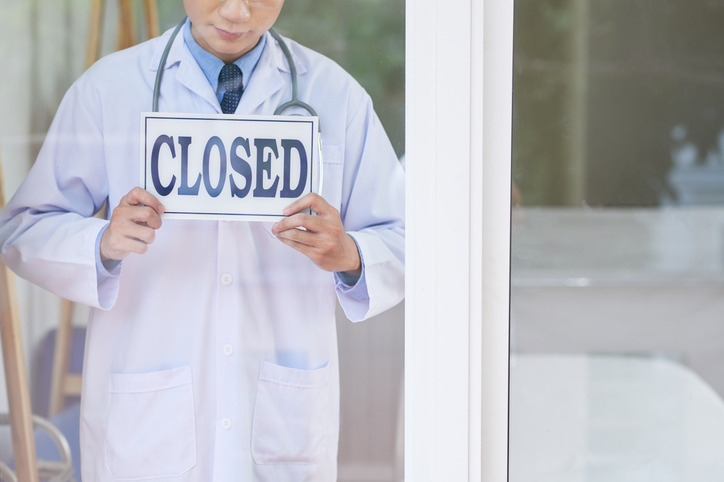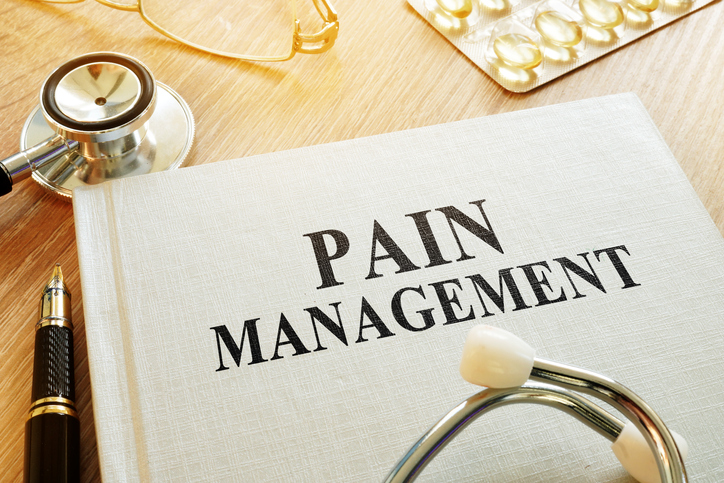Living with Chronic Pain
Barriers to Chronic Pain Care in the LGBTQIA+ Community

The link between chronic pain and socioeconomic status is unmistakable. Intersectionalities, including race, class and gender, can negatively impact physical and mental wellbeing. Not only can these facets adversely affect health, but they can also limit access to health care. Being part of the LGBTQIA+ community is one factor that can greatly influence the outcome of wellbeing and health care.
Stress in the LGBTQIA+ community
Individuals belonging to certain minority groups based around sexuality are more prone to certain physical and mental health issues. Members of the LGBTQIA+ community experience high rates of homelessness, discrimination, sexual assault, trauma, and violence. Stress is increased if experiencing an incident (e.g., being bullied), anticipating an incident (e.g., worrying about being assaulted), or internalizing the negative view of society (e.g., suppressing one’s true gender identity or sexual orientation due to shame).
The prolonged exposure to various stressors is likely to cause mental health issues throughout the LGBTQIA+ community, including depression and anxiety. Such mental health concerns are one part of the chronic pain puzzle that can exacerbate the effects or cause chronic pain conditions.
Accessing care
In addition to being more susceptible to certain chronic pain conditions, many members of the LGBTQIA+ community experience difficulty accessing health care. “Trans broken arm syndrome” is a phenomenon well known to the transgender community. It describes the tendency for health care professionals to blame the person’s health condition on either gender identity or gender-affirming care being received, such as surgery or hormone replacement therapy. This can delay diagnosis and create health risks if proper care is not being received.
Many transgender individuals also have difficulty finding health care professionals that are educated about transgender health issues. It is common to experience lack of treatment or misgendering and being called by the wrong name, which can make a transgender person reluctant to seek health care.
Medical trauma
Medical trauma is an experience shared by many intersex individuals and may also create barriers to health care. Surgeries performed on intersex individuals to “correct” the appearance of their genitals have shown to foster trauma comparable to that of survivors of female genital mutilation (FGM) or childhood sexual abuse.
Medical trauma can cause difficulty seeking care and asking for help when needed. This may be due to mistrust in doctors and the medical system. Like transgender individuals, intersex people often experience obstacles in finding health care professionals that are educated on their condition. Some have even been denied healthcare.
Poverty
LGBTQIA+ individuals, particularly those who are young, disabled, or people of color, have a much higher poverty rate than their cisgender counterparts. Several factors can impact this, including unequal wages, unemployment, and lack of adequate or comprehensive employment benefits. LGBTQIA+ individuals are more likely to work part-time, which prevents them from obtaining certain benefits, such as paid time off.
The lack of insurance coverage (in general or for certain types of care, such as gender-affirming surgery or hormones) is likely to prevent a person from seeking health care. When a person cannot afford treatment, they are unlikely to seek it. Poverty can also make it complicated to follow a health plan. Without access to food, it may be difficult to take daily medication. Without transportation, a person may struggle to attend health care appointments.
HIV
Medical professionals continue old discriminatory practices towards gay and cisgender men regarding HIV. Although society has made a lot of progress since the 80s, many providers continue these prejudicial practices.
Reports are existent of health care professionals needlessly wearing protective suits and double sets of gloves, or even refusing to touch or treat patients. This creates an unnecessarily hostile environment for individuals living with HIV who are trying to seek care, and it perpetuates feelings of shame.
Uninformed health care professionals
While some providers are intentionally discriminatory towards the LGBTQIA+ community, there are also ill-advised health care professionals who have good intentions, but have not received proper training that is necessary to treat those who fall under that umbrella. This can cause difficulty in having open conversations with their provider, especially concerning subjects regarding sexual health or gender-affirming care.
Conclusion
From prejudices to trauma to income discrepancies, there are many barriers that members of the LGBTQIA+ community face when attempting to access health care. These barriers create a vicious cycle wherein individuals are unable to access care for conditions that worsen due to lack of adequate treatment.
Everyone deserves equitable access to a safe, helpful and positive health care environment, and to receive treatment for all individual needs, regardless of their sexual attraction, physical sex, or gender. It is essential that health care professionals take meaningful actions towards breaking down these barriers.
Additional sources: Physicians for Human Rights, interACT, Research Gate, University of Washington, Arizona Pain, Science Direct, American Psychiatric Association, The Human Rights Campaign, Science Direct, and The Williams Institute: UCLA School of Law

















